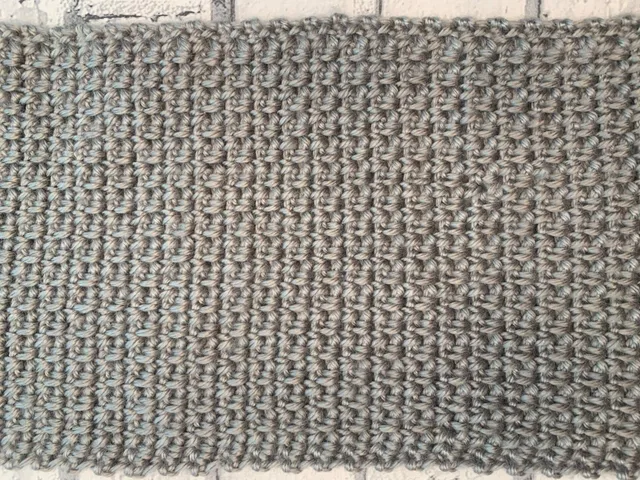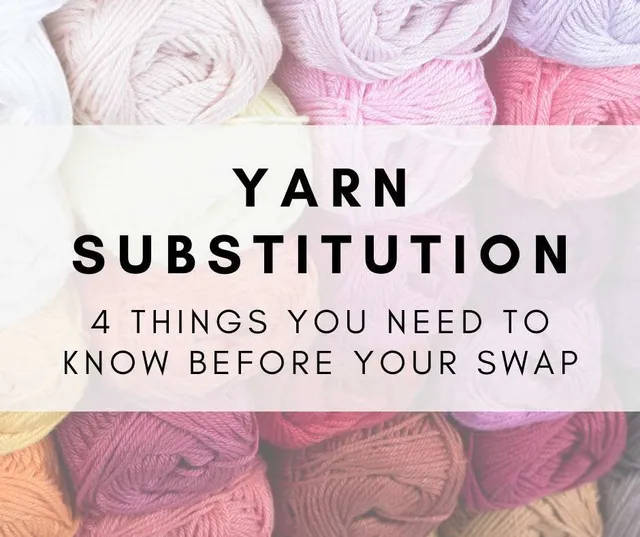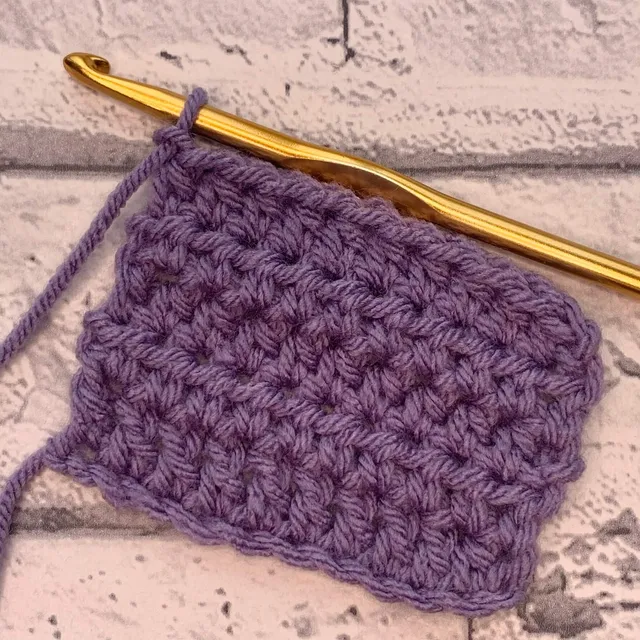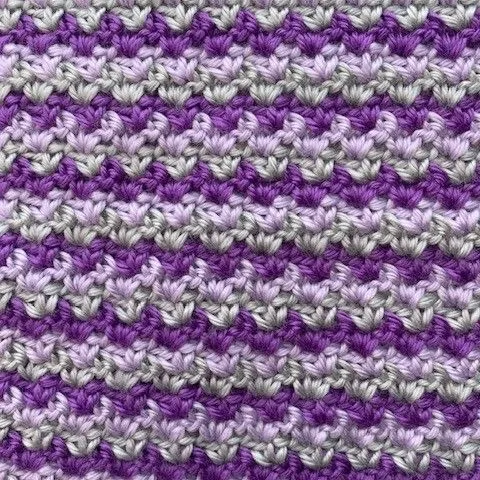Properties of Cotton Yarn
Find out all the properties of cotton yarn and what to crochet with cotton yarn too. Find the answers to all your cotton yarn questions including how is cotton yarn made, where is cotton grown and does cotton yarn soften after washing.

Properties of Cotton Yarn | Yarn Fiber Explained
All the properties of cotton yarn is what makes cotton yarn good for crochet projects. Even though it is an inelastic fibre, it is still a great choice for crochet garments and the best yarn for Amigurumi and crochet toys .
In this article, you will learn:
- The properties of cotton yarn
- Where is cotton grown
- How cotton is made
- What can you crochet with cotton yarn
- How to wash cotton yarn
This is article is part of the Types of Yarn Fibre Explained series where you can learn more about all the most popular yarn to crochet with. Click here to see all the fibres included in the series.
Please note that some of the links in my blog are affiliate links. I may earn a small commission if you purchase via this links, but the price you pay is not affected

Where is cotton grown?
The cotton plant is a shrub which is native in tropical and subtropical regions across the world, found in India , Egypt, Africa and the Americas, and grown across 6 different continents.
The 3 largest cotton growers who produce the majority of the worlds cotton is grown in:
- India
- the United States of America
- China
How is cotton yarn made?
The conditions for cotton to grow need to include a long frost-free season and lots of sunshine. Planting out of the crop is completed during Springtime with the cotton bolls being harvested or picked in late August through to Autumn.
Processing the Cotton
Most cotton is harvested mechanically, using either:
- a cotton picker, or
- removes the cotton from the boll without damaging the plant
- a cotton stripper
- strips the entire boll from the plant
Cotton continues to be picked by hand in developing countries and China, which has been reported to be by forced labor.
The picked cotton is then rolled in to bales.
The bales of cotton are transferred for the cotton fluff to be separated from the seed and other plant materials using a cotton gin. The cotton gin separates the cotton seeds from the cotton bolls using a combing method and also removes dirt, and other unwanted materials.
Once the cotton has been through the gin to remove any remaining plant material, it is put through a carding machine, to transform the short cotton fibres into long strands of fibres that are then ready for spinning into yarn.

The History of Cotton
Cotton fabrics became highly fashionable across Britain and Europe throughout the late 1600’s as it was easy to keep clean and launder. People also loved the printed cotton fabrics introduced by the East India Company.
By 1721, Britain was producing it’s own cotton fabrics using raw cotton imported India. Textile manufacturing greatly increased the wealth of Britain and assisted with the colonialization of India.
This wealth triggered the British Industrial Revolution and the invention of machines including the Spinning Jenny and water frame that could spin the raw cotton faster, creating even more low cost cotton fabric to sell across the world.
The success of the British Industrial Revolution relied on low wages, child labour, and extremely poor, and some times fatal working conditions.
The increased British demand for raw cotton had an impact on the increased amount of cotton grown in America along with the increase of the slave trade.
The inexpensive land and the existing people enslaved in America combined with the invention of the Cotton Gin in 1794 meant that by 1830, America was producing the majority of the worlds raw cotton.
It was hoped that the cotton gin would decrease the need for slave labour in the cotton industry, as it removed the need for the cotton bolls to be separated by hand.
As the cotton gin allowed more cotton to be processed and cleaned in significantly less time, over 1.5 million more slaves would be brought to America to keep up with the increased demand for raw cotton production.
You can read more about the history of cotton by clicking here.
You can find out more about the working conditions in the British Cotton Mills by clicking here.
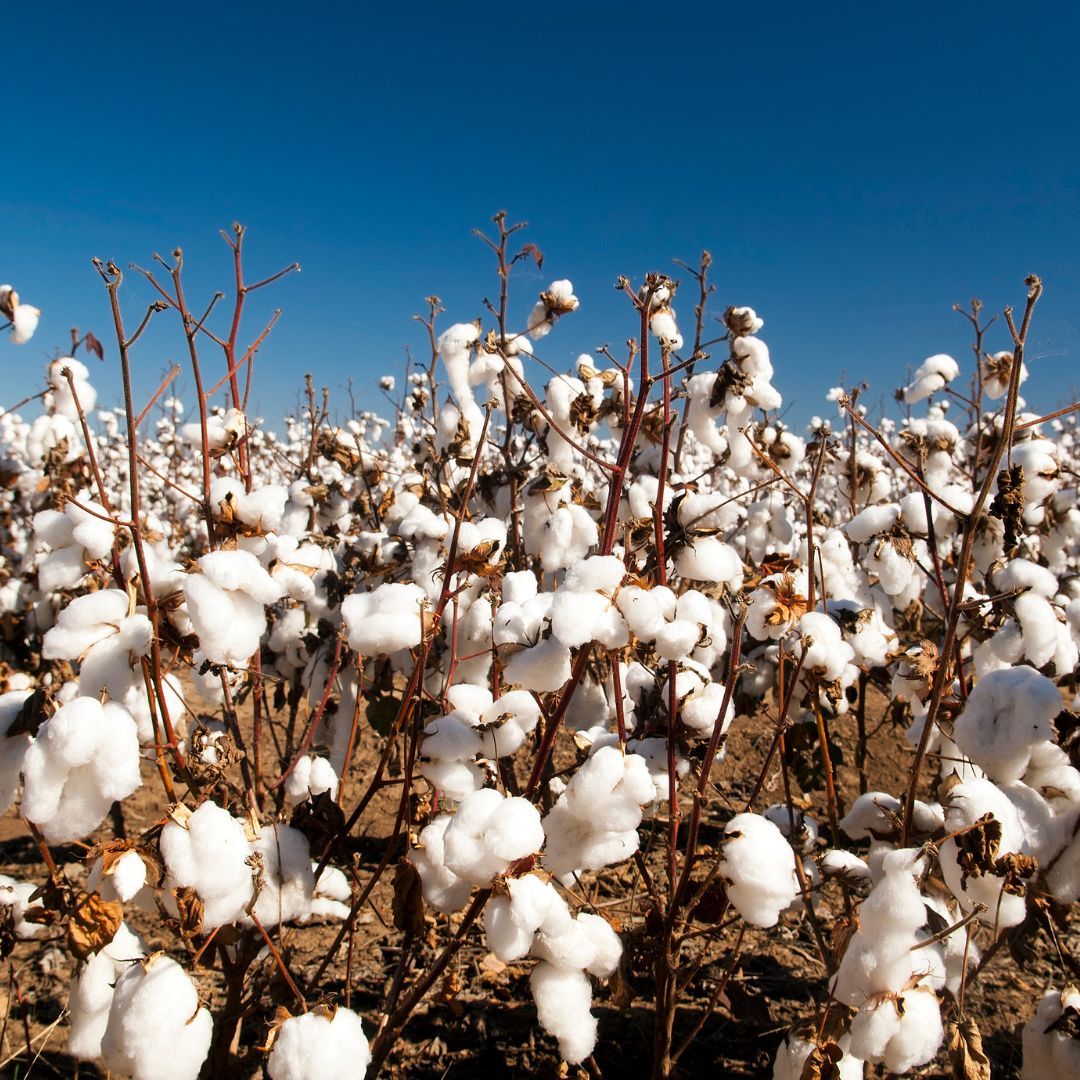
What are the Characteristics of Cotton Yarn?
The majority of cottons characteristics are as a result of the cellular structure of the fiber itself which lends itself to such hardwearing fabric such as denim.
- Soft – as the cotton boll created by the seed is soft, the fiber created when spun is also soft.
- Durable – the cellular structure of the fiber is strong and this results in a strong, hardwearing material that is long lasting and can withstand hard use
- Absorbent – The fibers in cotton are well spaced which creates an absorbent fiber
- Slow to Dry – as cotton is so absorbent, the fabric can be slow to try.
- Easy to dye – Due to it’s absorbent nature, cotton holds colours easily resulting in brightly coloured fabric.
- Poorer quality or dead cotton (picked before ripe) will not dye easily
- Breathable – cotton creates a fabric that is breathable which is why it is favoured for spring and summer garments. This is also a reason for cotton being blended with other fibres to make the most of this characteristic
- Not Static – Cotton can not conduct electricity which means the fabric does not have an issue with static.
Types of Cotton Fibre
There are 3 main types of cotton produced and they each have different characteristics.
Pima Cotton
This cotton is grown in South American and the American Southwest and is classed as the finest grade of cotton in the world as it is the softest and has the longest individual cotton fibers.
It is also more resistant to tearing and wrinkling.
Egyptian Cotton
This grade of cotton is very similar to Pima cotton, with the same longer fibres and extra softness, but it is grown and produced in the Nile Valley, Egypt.
Upland Cotton
90% of all cotton produced across the world is Upland cotton. This type of cotton is native to Central America, Mexico, the Caribbean, and southern Florida. It has shorter cotton fibres than Pima or Egyptian cotton and is therefore not as soft.
Organic Cotton
The final type of cotton to mention is organic cotton. For a cotton to be considered organic, there will have been no pesticides used during the plants growth, and the plant will not be genetically modified.

What can you crochet with Cotton Yarn?
Cotton yarn can be used for almost every crochet project once you have considered the characteristics of the yarn. With it’s hard wearing nature, cotton is perfect for outdoor projects and the softness of cotton yarn can make is the best choice for warm weather garments.
Click here to see a list of what you can crochet with cotton yarn
What is cotton used for?
Alongside being spun in to yarn for us to crochet with, cotton can also be used to make macramé cord and other craft essentials such as sewing thread and mercerised cotton.
Here are some of the other ways cotton is used:
- Woven fabrics – Cotton is used to make a variety of woven fabrics, including canvas, denim, damask, flannel, and many more
- Clothing – Cotton is a firm fixture in the textile industry as a result of its continued mass production. The soft feel of the created fabrics, the drape along with the durability is hard to beat.
- Bed sheets and towels – Cotton is extremely soft and absorbent, it is a perfect fiber for bedroom linens and towels needed to whip away moisture.
- Underwear – For the same reasons, cotton makes comfortable and durable undergarments.
- Home décor – cotton is also used throughout the home for upholstery, curtains and drapes, rugs, pillows and everything else in between. The ease of laundering cotton fabrics will keep this fibre a firm favourite for home décor.

How do you wash cotton yarn?
Can you machine wash cotton yarn?
Cotton yarn projects can be washed in the washing machine, select a gentle or wool cycle.
Can you put cotton yarn in the dryer?
Be aware that cotton can shrink after washing, so dry flat and pin to shape as required.
Some cotton yarn that is blended with other manmade fibres can be dried in a tumble dryer – always check the yarn care instructions on the label just in case.
Does Cotton Yarn Shrink in the Wash?
Cotton can shrink by up to 20% when washed, yet it can also stretch when being worn. Washing a cotton crochet project can help restore a projects size after wearing. Take time to pin out to share/size after washing the first few times of wearing.
Does cotton yarn soften after washing?
Yes! This is the great thing about washing your cotton crochet projects as part of your blocking process.
I often see people asking how to soften sugar ‘n’ cream yarn, a fairly firm worsted weight cotton that can feel quite stiff when using – washing the finished project is the best way to soften up the yarn.
Don’t forget to check out the list of crochet projects to make with cotton yarn by clicking here.
If you have any questions or there is something that is missing from the list of properties of cotton yarn, please let me know.
Click here to head over the list of Types of Yarn Fiber Explained to discover more about the most commonly used crochet fibres.

